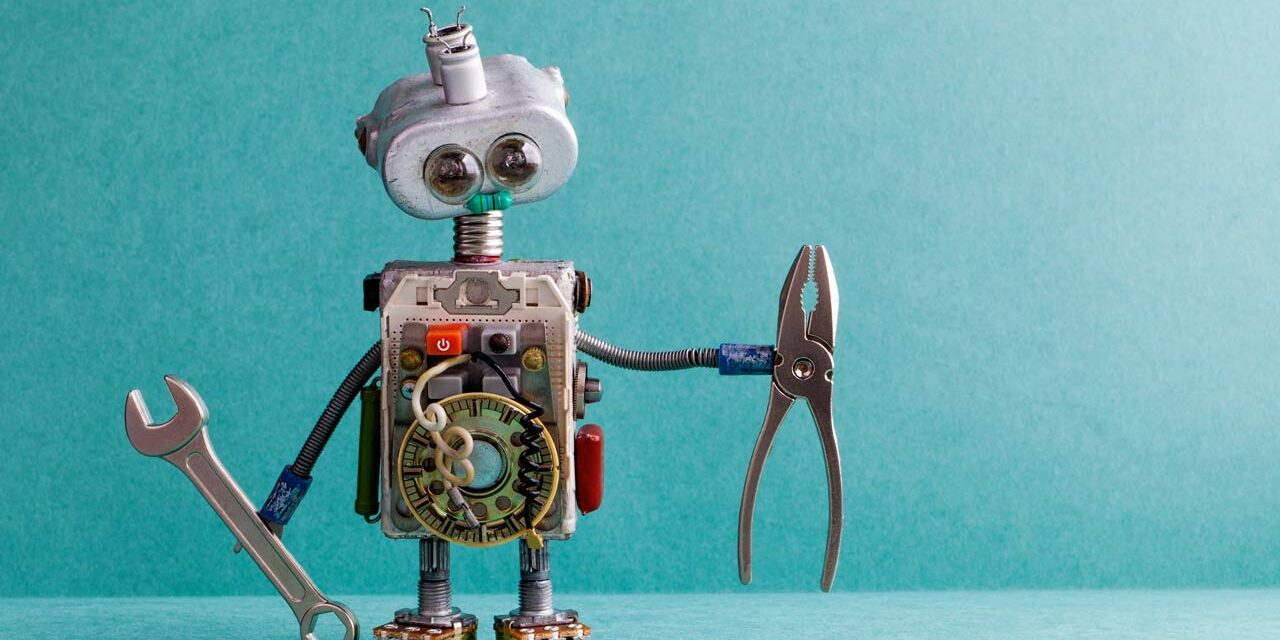A recent Productivity Commission report has led to criticisms of the value of the superannuation guarantee and the way that it is managed. With delays to superannuation rate increases, a disparity between the ability of poor and wealthy people to afford to live off superannuation earnings, and the age of pension entitlement pushed back, do we need to ask if the current superannuation guarantee scheme is broken?
Released just last week, the Productivity Commission report sought to understand:
- What might happen if the age that individuals can access their superannuation (the ‘preservation age’) was raised?
- Is the way people draw down their superannuation, and in particular, the use of lump sums, problematic?
Through the analysis of the superannuation guarantee scheme, the Productivity Commission identified a severe inequity between wealthy and poorer Australians. While industry reports say the average retiree has $300,000 in superannuation savings, the Productivity Commission found this figure was skewed by a small number of retirees with very high balances. The report suggests that the current superannuation guarantee system serves only the wealthy: “Even under a ‘mature’ superannuation system, a fully self-funded retirement is likely to remain the province of those who were relatively well off during their working years.”


Infographic Courtesy of the Productivity Commission
Weighing in on the Productivity Commissions findings, former Federal Treasurer Peter Costello stated that the changes made to superannuation rules in recent years has damaged confidence in it.
Telling the ABC’s 7:30 program, Costello said “I think during the last government there were something like, I counted up, 33 different changes in budgets and mid-year reviews to superannuation,”
“People just don’t trust superannuation as being a long-term vehicle anymore.
“They know the rules are going to vary from year to year.
“They’re afraid to lock voluntary money into the system which is why it’s running on compulsory contributions at the moment”.
The former Treasurer said people need reassurance that their super savings were safe.
“If you want to put money away for 20, 30 or 40 years you have to have some certainty it’s going to be there when you retire, and I think the Government’s got to give it some certainty,” he said.
The findings of the Productivity Commission report revealed that more than half of retirees aged 65 and over have no superannuation savings. The report also found that by the time people reach 80 years or more, only 17 per cent have any superannuation savings remaining.
While superannuation savings have dwindled for many older Australians, the Productivity Commission did dispell validity to the notion that retirees who draw down their super savings in a lump sum are not managing their finances responsibly.
“Most folks are actually quite prudent,” said Productivity Commissioner Karen Chester.
“Some commentators have suggested that super lump sums have been problematic, but when you look at the data more than 70 per cent have been taken as an income stream.”

Infographic Courtesy of the Productivity Commission
The former ALP Government had planned to raise the Superannuation Guarantee rate to 12% by July 2019. With the election of the current Liberal Government, the date was pushed back to July 2020 before being pushed back again to July 2022. The decision to push back the date was blamed by Treasurer Joe Hockey on the Senate, who were unwilling to pass the government’s election commitment to defer the increase scheduled for 2014. Due to negotiations with the Palmer United Party to get the Mineral Resource Rent Tax repealed, the timeframe has now stretched to 1 July 2025 before Australian workers receive 12% SG.
| YEAR | RATE |
|---|---|
| 1 July 2014 | 9.5% |
| 1 July 2021 | 10% |
| 1 July 2022 | 10.5% |
| 1 July 2023 | 11% |
| 1 July 2024 | 11.5% |
| 1 July 2025 | 12% |
“This delay will avoid the fiscal cost of the earlier increase to 9.5 per cent,” Mr Hockey told Fairfax. The move will save $90 million over the next four years and, according to the government, will give companies certainty about the size of contributions they will be required to pay on behalf of employees next year.
* * * *
Is Peter Costello right? Are Australians hesitant to invest their personal finances into superannuation, with the system run completely on compulsory contributions? And are the delays to super rate increases further limiting Australians faith in the superannuation system? We’re interested in your opinions, so please let us know in the comments below!








